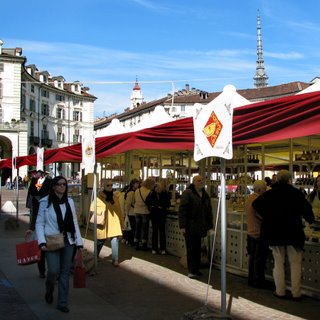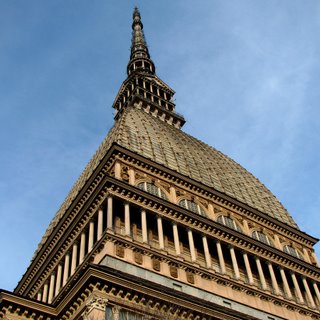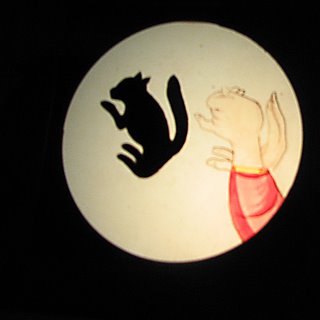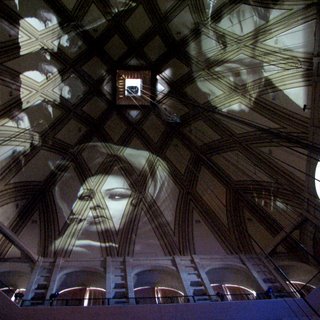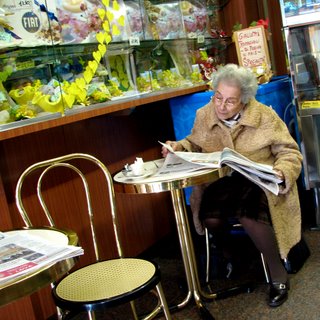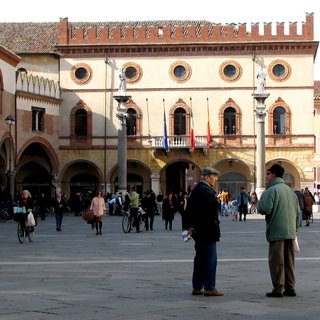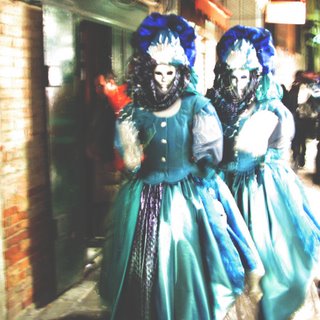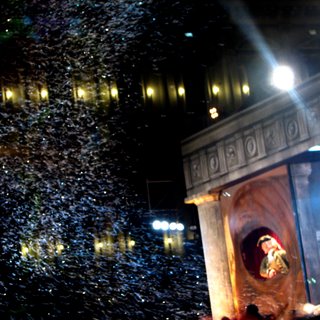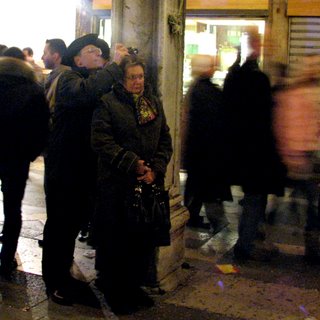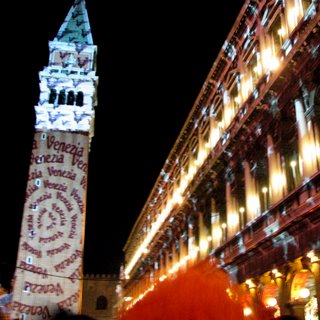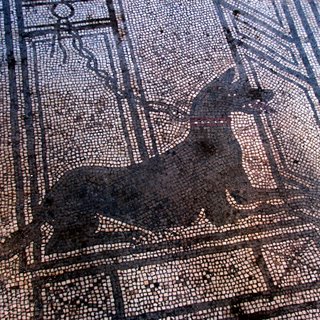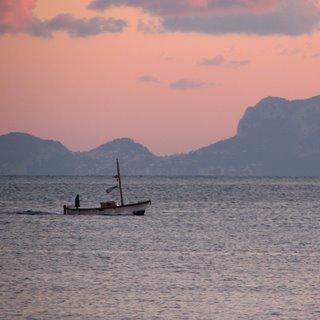
After four and a half+ long hours, and a can of Pringles, we arrived in Rome's Termini train station on Friday night for our turbo marathon weekend. It was nearly midnight and after wading through crowds of intoxicated and indecipherable Irishmen we got to our hotel, which also featured a large population of intoxicated Irish. (Saturday was the miraculous confluence of St. Patrick's Day and an Ireland-Italy rugby match; folks started celebrating in earnest on Friday, if not Thursday.)
Saturday morning we arrived at the marathon expo with my doctor's note in hand. And yes, I did say doctor's note. An adult is not allowed to run the Rome marathon without a permission slip signed by a doctor. This slip vouches for the runner's fitness and in no uncertain terms places full responsibility on the doctor should said adult become a casualty of this mighty race. And let me tell you, that helps to scare off the doctors.
In fact there's an obscene racket in Italy wherein special "sports medicine" centers charge 75 euro to take your EKG and then sign your form. Please note that a permission slip signed by a health club "doctor" after the mandatory 50 euro physical exam one endures to join an Italian health club is not acceptable. That's somehow a different exam and usually ends with the doctor discussing how best to address Italy's #1 health problem: cellulite. I speak from experience.
Luckily, I found a doctor who upon declaring the permission slip "fascist" was happy to sign it. I won't even go into how difficult it is to actually register for the race but it basically boils down to standing in line at the post office. Don't let the marathon website fool you.
The marathon expo was fairly large and offered samples, with the best being handed out by McDonalds - certainly the first company that comes to mind when contemplating marathon running and healthy living! I suppose their fruit and yogurt samples were healthier than the milk cartons being handed out by the cheerful staff at the dairy booth. One guess as to what kind of milk was in there. Oh, yes... full fat. Those cartons were filled with cream, baby. And they came with a straw.
Another quaint shocker was the separation of the sexes. I'm used to male and female runners being organized in one big glop, names intermingling on registration lists and bib numbers indecently sharing the same space. As you enter the Rome marathon expo, however, the women's names are displayed separately from the men's and while there are 34 sheets of women's names there are over 173 sheets of men. Small difference there, huh? And when I went to pick up my bib number I naturally went to the pick-up area corresponding to the number on my bib. Oh no no signorina! I was quickly waved off in another direction - to the smaller area reserved for the female runners. Are you kidding me? If there's some tangible benefit to this system please let me know.
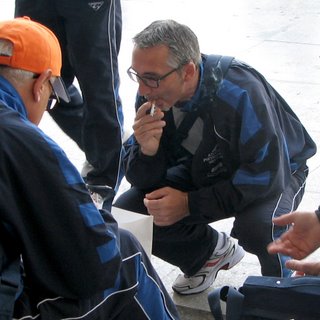
The other oddity of the expo was the smokers lighting up outside. Usually, it's random family members and friends who find themselves falling prey to their cigarettes despite being at an athletic expo filled with items touting good health and exercise. But in Italy, it's the runners! With their bib numbers and goody bags in hand these individuals are obviously running the race - they're even wearing track suits. Smoking! Sometimes one cigarette after another. There's nothing left to do but take a picture.
We spent the rest of Saturday eating amazing food and sitting in piazzas with a friend who lives in Rome. Our meal was down a small side street and most excellent. Warm grilled vegetables with balls of buffalo mozzarella and sliced meats. Spaghetti carbonara that was creamy and crispy and out of control. Chocolate cake with real cream.

I was off my feet by 6pm and watching satellite tv in the hotel room. Soul Plane was playing in english and while it might not be on my must-watch list normally, you can never underestimate the value of a movie in your own language while in a foreign country. Stefano left on a dinner mission and brought back a great Napolitano style pizza for my pre-marathon dinner. Then it was time for more English TV and a spot of rugby in Italian. (The Irish won.)
One of the great things about the Italian marathon is its late start. It begins at the leisurely hour of 9:00 am. And because of its relatively small size (15,000 runners), the bathroom lines are much shorter than the other races I've run. Although that doesn't stop people -- wholly men -- from relieving themselves on the ancient monuments surrounding the start. I can happily report that none of the female runners - who at this point were allowed to commingle freely with the males - were relieving themselves anywhere but in the bathrooms. Go ladies! Maybe that's why we get special numbers.
The race starts and ends at the Coliseum, that famous face of postcards and guidebooks. We queued around its base to start and circled around it again to finish. In the midst of all the excitement and spectacle, all the worries that precede a marathon and the fatigue that ends it, the Coliseum was awe-inspiring and inspirational. And what a luxury - who gets to run around the Coliseum? I guess I do.

The race itself was an interesting sociological study and was nothing like the races in Chicago, New York or London. There were fewer runners, fewer fans and far more body odor.
The Italian audience seemed to have two general responses to the race: confusion/indifference and aggravation/agitation. The confused/indifferent group would stand at the side of the road, bemused but not really saying anything. These were the same people who would wander onto the course, thinking that crossing the path of 15,000 people could be accomplished with simple hope and a certain nonchalance. The even more indifferent among them were the folks lounging at café tables along the route; these true cheerleaders would just sort of glance in the direction of the race, take a drag from their cigarette, and mutter "bravo." Only in Italy.
The aggravated and agitated instead would stand at the side of the road cursing at the policemen and demanding that they be allowed to drive their cars through the race. While I saw no cars actually on the route there were plenty at intersections with their complaining drivers making their case to the attending official. I heard several people on cell phones along the side of the road explaining to their friends that they were caught in some sort of race and couldn't reach their destination on time. Believe me, they weren't saying how happy they were to have found this great sporting event. I especially liked when a woman who seemed to be leading a school group trapped behind the race route said to the kids that the runners were "gia destrutti" -- already destroyed. I especially liked that she said this as I ran past.
As for active spectators, there were far more Norwegians at the side of the road than Italians. There were more Finns for that matter. The Italians who were at the side of the road for cheering purposes, and maybe there were 30 along the way, seemed to be dressed in the same outfits as their compatriots -- as if bright red sweatsuits with green stripes somehow attracted other bright red sweatsuits with green stripes. And that this combination produced a modicum of cheering and encouragement. But never too much.
My biggest problem of all was the concept of kilometers. Just how many kilometers are there in a marathon? I didn't know Sunday but I know today. That's because I had to run past 42 signs - each indicating the passing of a single kilometer - before I finished. 42 signs is a lot of signs. Especially when you're used to 26; one for each mile.
Had I known there were 42 kilometers in a marathon, instead of running blindly, my results might have been different. But because I didn't know, and couldn't follow a strict mental plan of how far to get and in how much time, I just ran.
It was liberating. And in the end, exhilarating. Because I got a time that surprised me. 4:24. A great time for me. A time I got just by running. Not by planning. Not by staring at my watch every time I saw a mile marker. Just by running. Amazing.
There were incredible views along the way. We ran straight at St Peter's Basilica for a long stretch. It was gorgeous and there was a uniformed band playing in front - enough to bring tears to your eyes. We ran past the Trevi Fountain and through Piazza Navona and over enough cobblestones to last a lifetime.
The drama and history are almost enough to make you forget about the drab miles run along the grey highway; and the on-ramp we had to crest to get up there. And ending at the Coliseum - at the one and only Coliseum - is enough to make you forget the last half-kilometer of uphill brutality you're forced to run to get there.

A new thing for me: sponges. I have never seen so many sponges and so many people so excited to get sponges. At a certain point we were getting more sponges than Gatorade. These square foam chunks were lighter than air and soaked in cold water. Perfect for rubbing across your face to wipe off the salt crystals. Perfect for keeping a bella figura even while running a marathon. And everyone knows the bella figura is most important in Italy.
The race also sported a feature we'd never even heard of before: bicycle psychologists. In the guide that came with the marathon t-shirt there was an announcement that these people would be present on the racecourse to assist and encourage athletes to finish the race. Psychologists. On bikes! Telling you why you should finish the race that you signed up for. Again, only in Italy.
Other important information gleamed Sunday: Giuseppe was the most popular name among race participants, the song "Final Countdown" is only inspirational until the lyrics actually start and Nike running shoes are rarely worn by anyone other than Americans.
Stefano was able to find me at three points in the race. Our first meeting point changed along the way as the map that we'd used to plot our meeting points was incorrect. This map was posted on the marathon website and listed as the course map. I'd like to say that this mistake was a real shocker and that we couldn't believe the Rome Marathon would have the wrong course map posted on their own website, but we've lived here for too long. I just called Stefano from the 5k mark (where we thought he would be) and rescheduled for where he was actually standing (somewhere around mile 8). That's why running with a cell phone is clever.
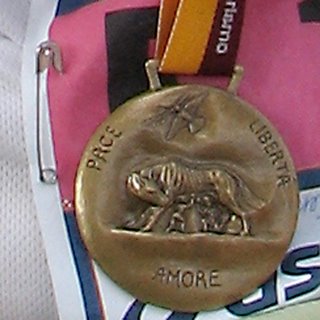
After the race I hobbled with Stefano and our friend to the metro and after one stop we took a cab to her apartment. When I stumbled out of the cab our friend explained to the driver that I'd just run the marathon and pointed out my medal. Being the 13th running of the Rome Marathon, the medal has "13" written on one side. The taxi driver was excited and congratulated me on placing 13th in the race. That shows you how much the average Italian knows about Marathons. Anyone who thinks I'm the 13th fastest person running any race is maybe a tad new to the sport.
So, in honor of my 13th place finish we ate heaping piles of homemade pancakes with butter and syrup and old-fashioned bacon. We watched silly satellite TV shows like Everyone Loves Raymond and played with a giant golden Labrador retriever.
And talked about how cool it is to run a marathon in Rome. Even if it is 42 kilometers instead of the usual 26 miles.

